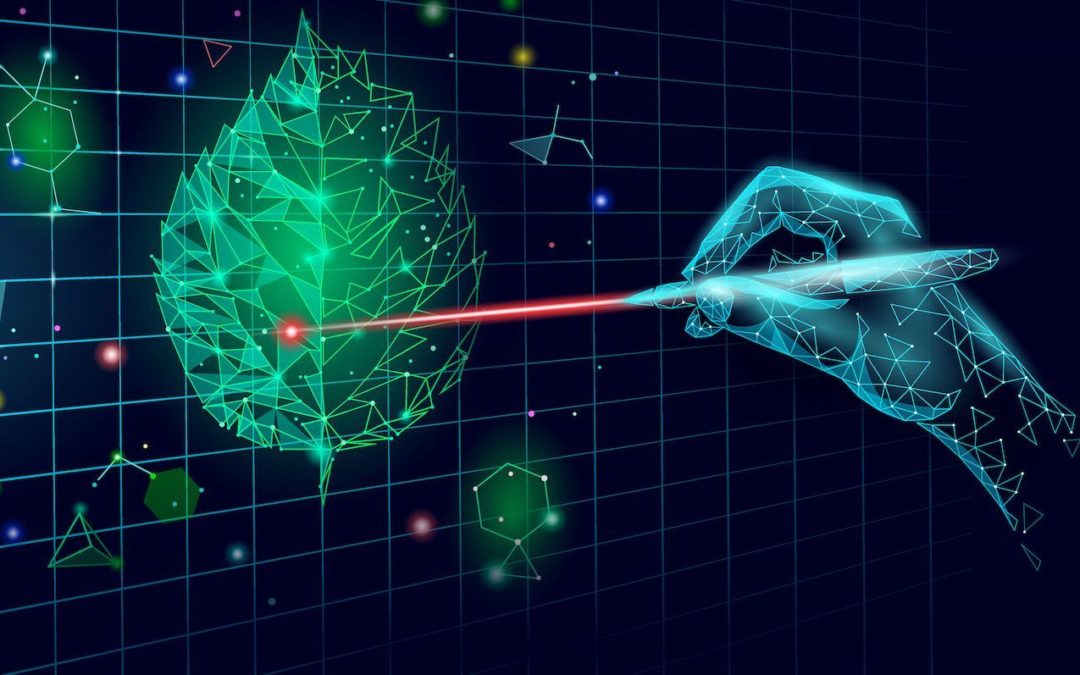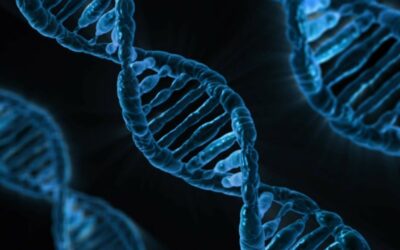
In the fight against climate change, a group of researchers have invented an artificial leaf that absorbs carbon dioxide from the air and converts it into methanol, a fuel that is broken down into carbon dioxide and water.
The invention has been inspired by photosynthesis, the conversion of sunlight by plants into chemically bound energy. In photosynthesis, carbon dioxide is bound from the air into simple sugar molecules, glucose, and oxygen is released. Instead of converting carbon dioxide into glucose and oxygen, the artificial leaf should convert CO2 into methanol and oxygen.
The Hearty Soul writes that according to the researchers, 72 percent of the carbon dioxide that is added in the process is converted to methanol. The synthetic leaf mimics the process of photosynthesis with the help of a photocatalyst called copper(I) oxide, in nature chlorophyll is the plants’ photocatalyst. Copper(I) oxide is an inexpensive reddish powder that occurs naturally in a mineral called cuprite.
“I was trying to find a new way to mimic photosynthesis in nature, where leaves use sunlight to convert carbon dioxide and water into glucose and oxygen,” lead researcher Yimin Wu, a professor of technology at the University of Waterloo, told the Independent.
The motivation is to reduce carbon dioxide emissions, a greenhouse gas, and hopefully reduce global warming and to provide sustainable energy.
The leaf and copper(I) oxide are heated in water so that the methanol evaporates and can be disposed of as fuel at the end of the process. When the temperature of the water reaches a certain point, carbon dioxide is passed through the water and white noise is directed over the solution. To obtain a more efficient and useful fuel, substances such as glucose and sodium hydroxide are also added, writes Independent and refers to the scientific article published in Nature Energy.
Professor Wu says the Independent that the technology is still being developed and it will take many years before the product is commercialized. The research team plans for the product to be manufactured to suit both industrial use and household needs. Professor Wu and his team have been working on this invention since 2015. Although there is a lot of work left, the team is very enthusiastic about the latest breakthrough.





